The Impact of Actual vs. Theoretical Food Cost on Profits
Synergy Suite
AUGUST 9, 2023
With the average food costs in a restaurant typically hovering around 30%, and global food prices rising at nearly 40% year over year , managing food costs is more critical for restaurants than ever. It serves as a benchmark for what the price should be under ideal circumstances, assuming no waste or deviations from portion sizes.

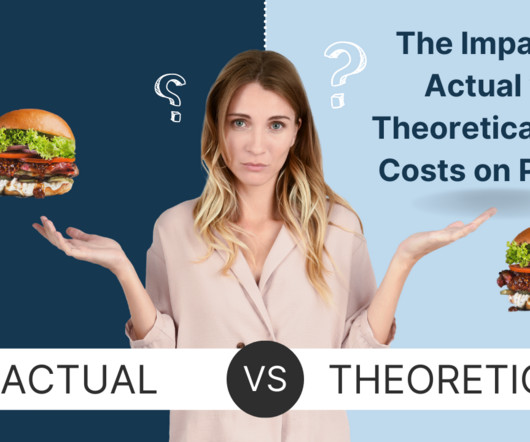
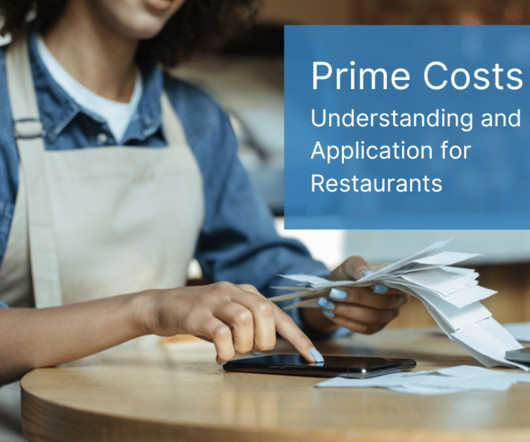
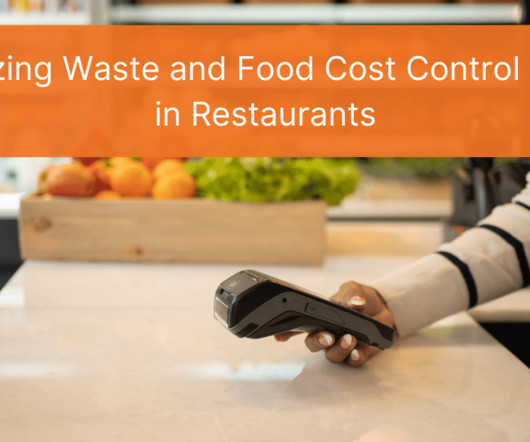
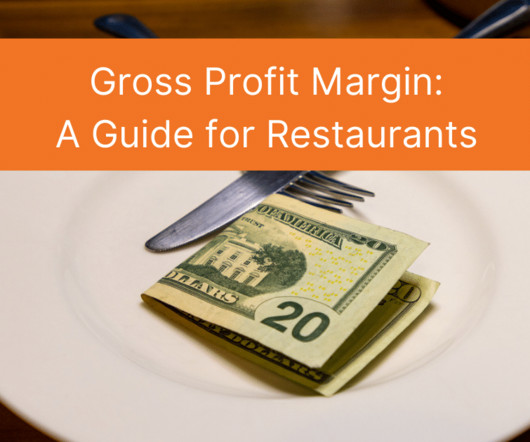
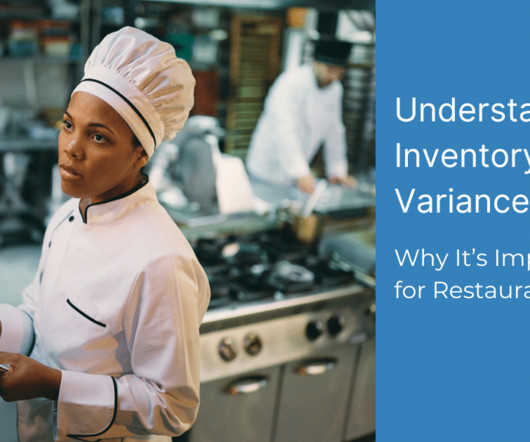
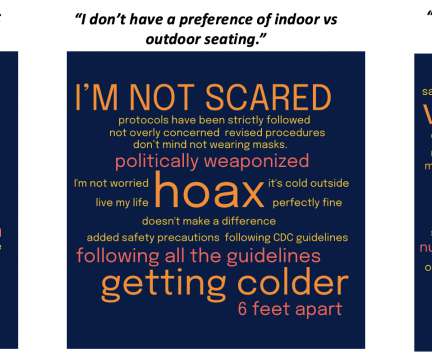
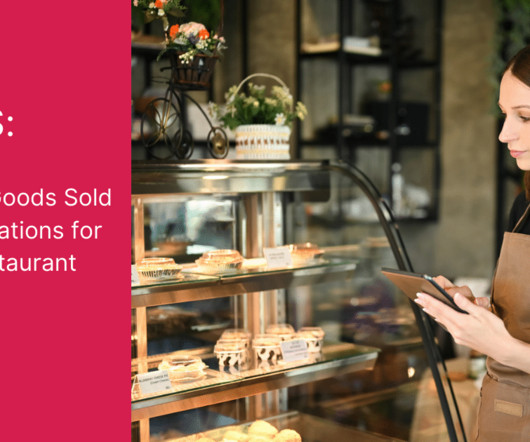
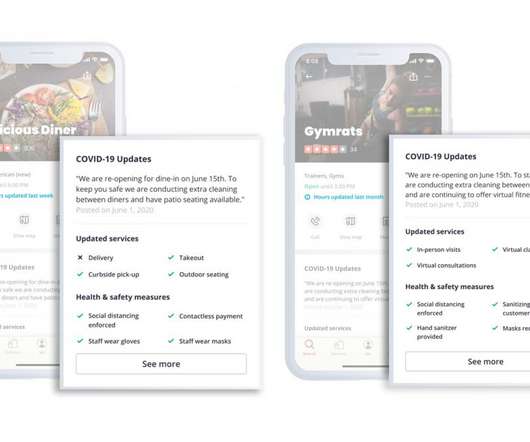
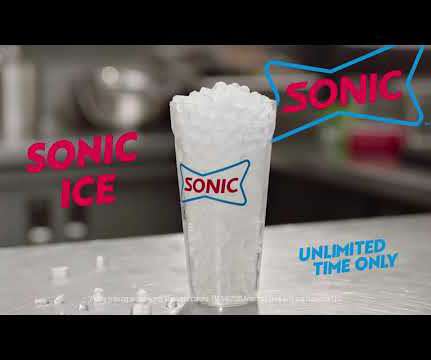






Let's personalize your content